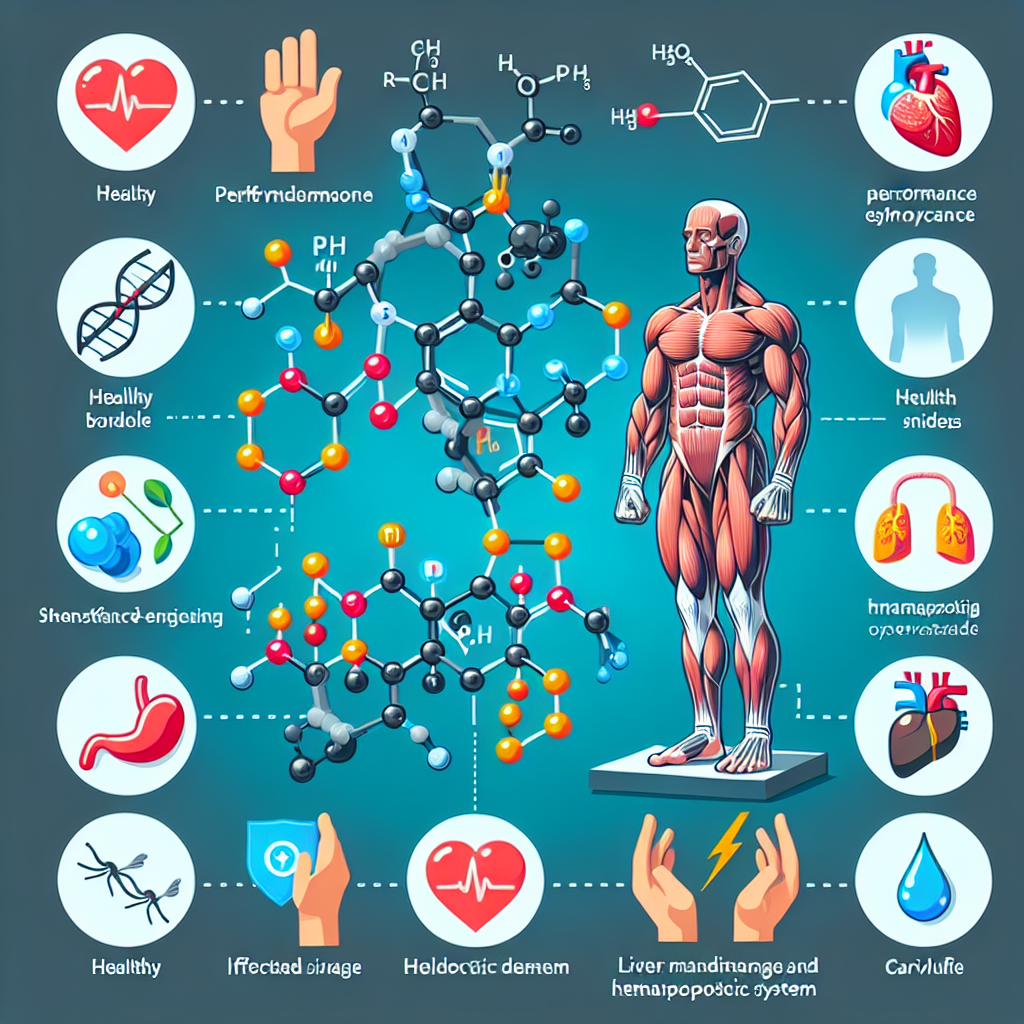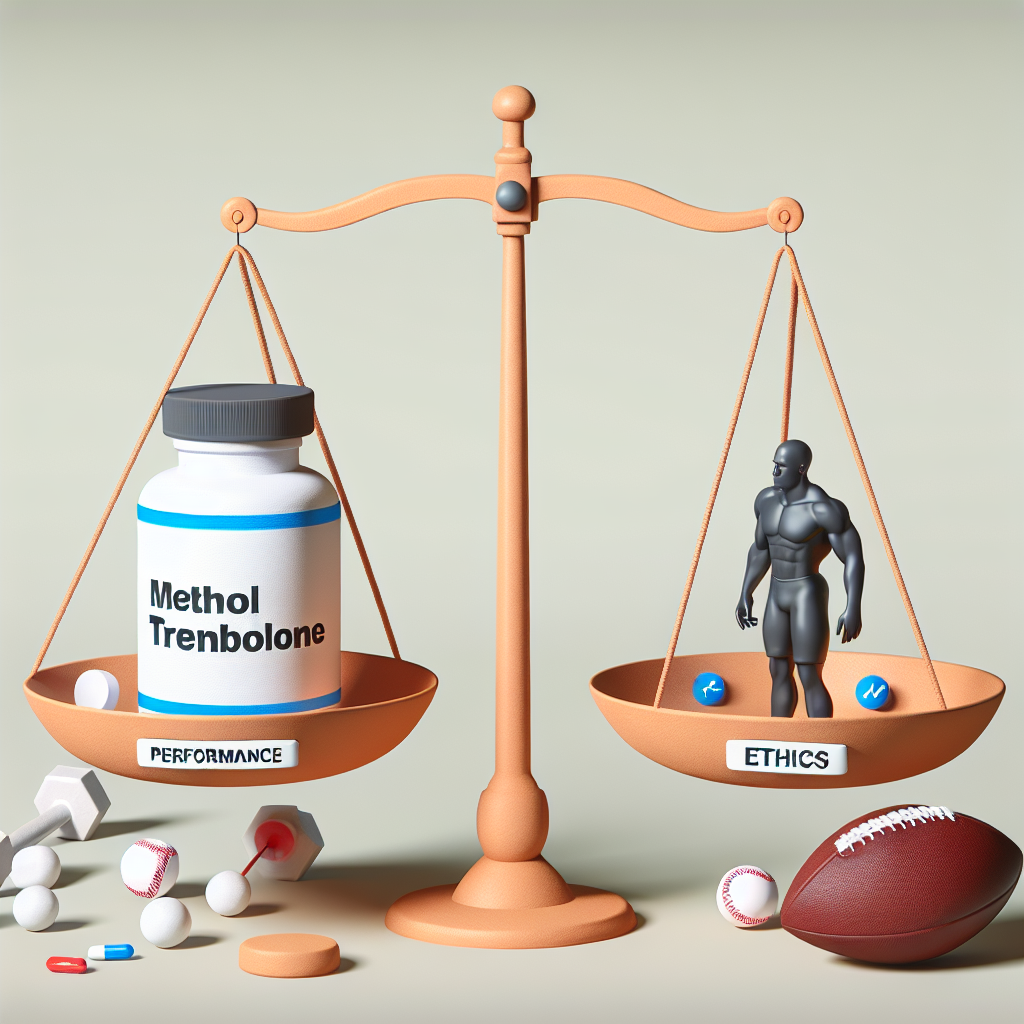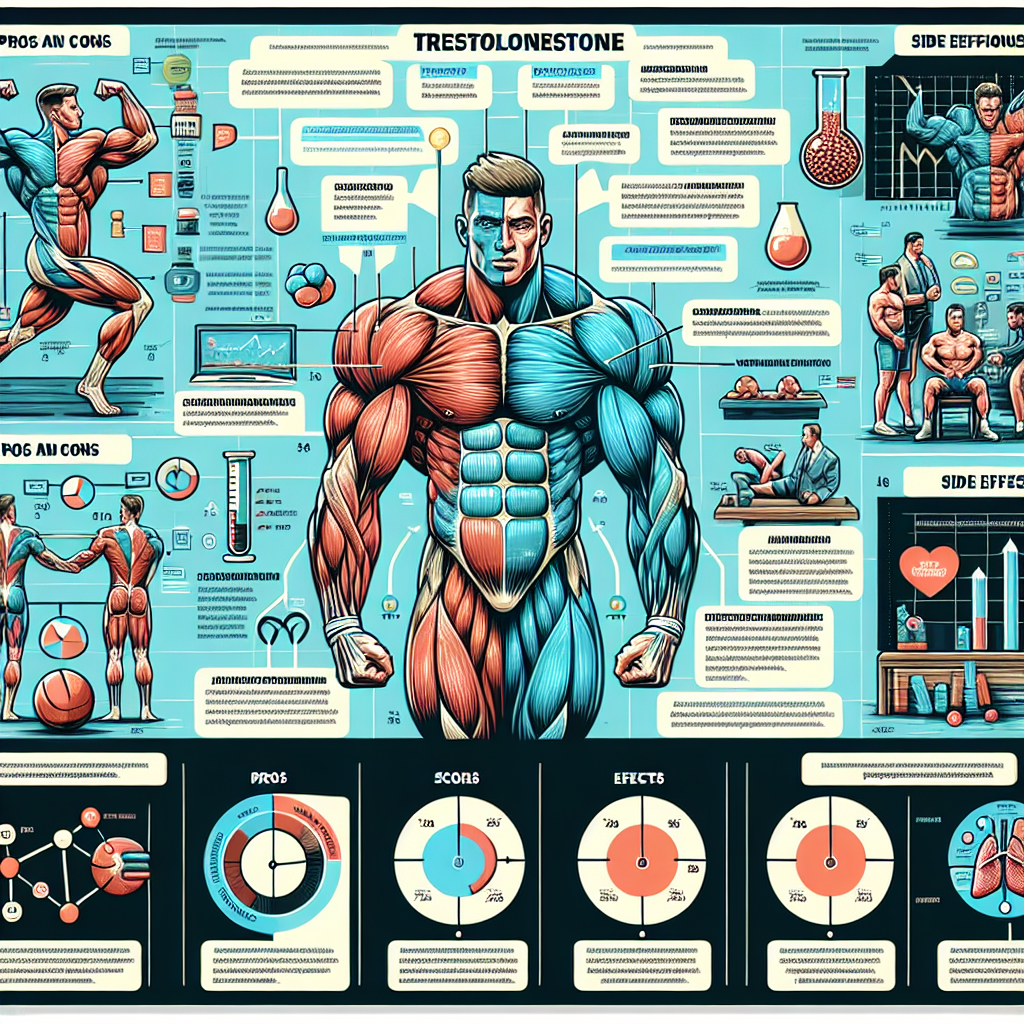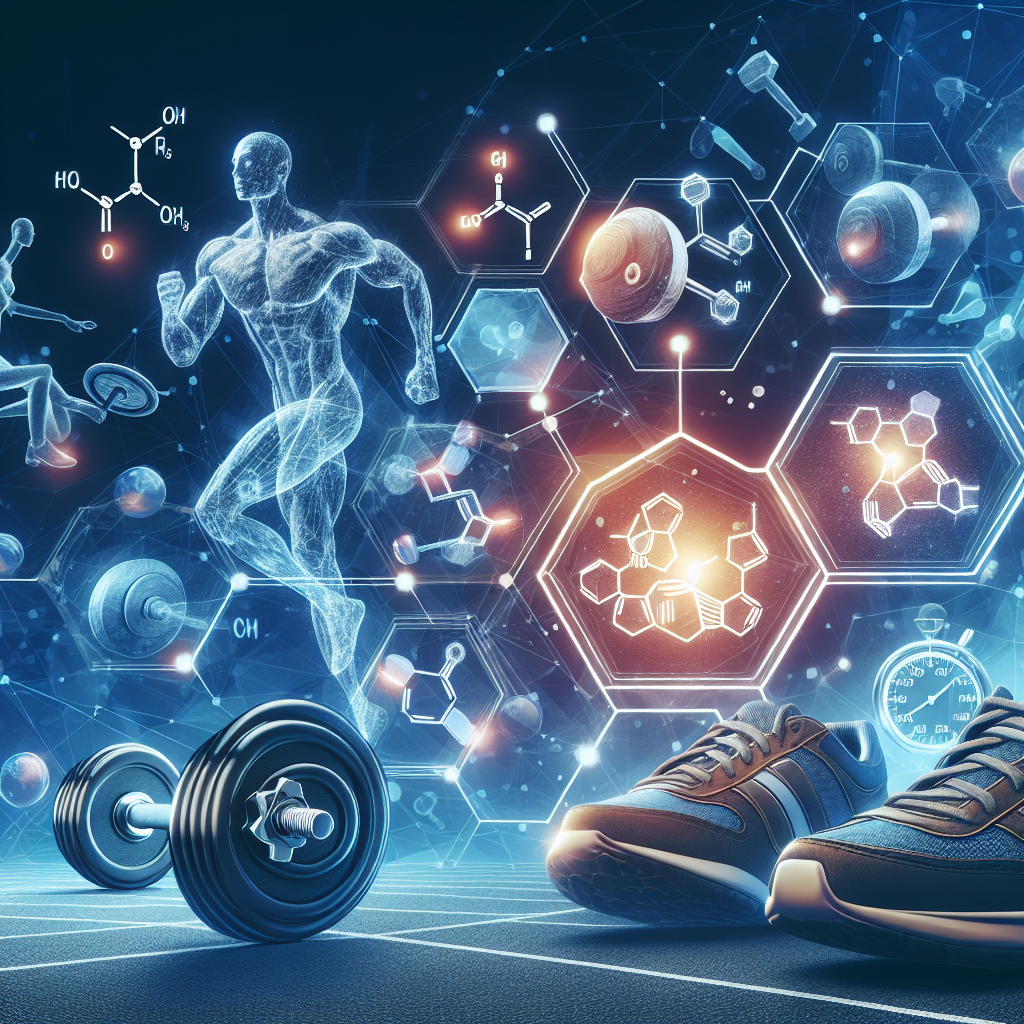-
Table of Contents
Turinabol: Action Mechanism and Risks for Athletes
Turinabol, also known as 4-chlorodehydromethyltestosterone, is a synthetic anabolic-androgenic steroid (AAS) that was developed in the 1960s by the East German pharmaceutical company, Jenapharm. It was initially used to enhance the performance of East German athletes in international competitions, but it has since been banned by most sports organizations due to its potential health risks and unfair advantage in sports. Despite this, Turinabol continues to be used by some athletes, especially in bodybuilding and powerlifting, due to its ability to increase muscle mass and strength. In this article, we will explore the action mechanism of Turinabol and the potential risks it poses for athletes.
Pharmacology of Turinabol
Turinabol is a modified form of testosterone, with an added chlorine atom at the fourth carbon position and a methyl group at the 17th carbon position. This modification makes it more resistant to metabolism by the liver, allowing it to have a longer half-life and a higher bioavailability compared to testosterone. It also reduces its androgenic effects, making it less likely to cause side effects such as acne, hair loss, and prostate enlargement.
Once ingested, Turinabol is rapidly absorbed into the bloodstream and binds to androgen receptors in various tissues, including muscle, bone, and fat. This binding activates the androgen receptor, leading to an increase in protein synthesis and nitrogen retention, which are essential for muscle growth and repair. It also stimulates the production of red blood cells, which improves oxygen delivery to muscles, enhancing endurance and performance.
Turinabol also has a weak estrogenic effect, meaning it can bind to estrogen receptors and potentially cause side effects such as gynecomastia (enlarged breast tissue) and water retention. However, due to its low estrogenic activity, these side effects are less likely to occur compared to other AAS.
Effects on Athletic Performance
The primary reason athletes use Turinabol is to enhance their performance. Studies have shown that it can increase muscle mass and strength, improve endurance, and decrease body fat. In a study by Friedl et al. (1990), male subjects who received 10mg of Turinabol daily for six weeks showed a significant increase in lean body mass and strength compared to the placebo group. Another study by Schänzer et al. (1996) found that female athletes who took 5-15mg of Turinabol daily for four weeks had a significant increase in muscle mass and strength compared to the placebo group.
Turinabol is also known to improve recovery time between workouts, allowing athletes to train harder and more frequently. This is due to its ability to increase protein synthesis and nitrogen retention, which are essential for muscle repair and growth. It also has anti-catabolic properties, meaning it can prevent muscle breakdown, especially during intense training or calorie-restricted diets.
Furthermore, Turinabol has been shown to improve athletic performance in terms of speed, power, and agility. In a study by Franke and Berendonk (1997), male athletes who received 10mg of Turinabol daily for six weeks showed a significant improvement in sprinting and jumping performance compared to the placebo group. This is attributed to its ability to increase red blood cell production, which improves oxygen delivery to muscles, enhancing endurance and performance.
Risks for Athletes
While Turinabol may offer some benefits for athletes, it also poses significant risks, both short-term and long-term. The most common side effects reported by users include acne, hair loss, and increased aggression. These side effects are more likely to occur in individuals who are genetically predisposed to them or those who take high doses of Turinabol for an extended period.
One of the most concerning risks of Turinabol is its potential to cause liver damage. As with all oral AAS, Turinabol is metabolized by the liver, and prolonged use can lead to liver toxicity. This is especially true for individuals who already have underlying liver conditions or those who consume alcohol while taking Turinabol. In severe cases, liver damage can lead to liver failure, which can be life-threatening.
Another significant risk of Turinabol is its potential to cause cardiovascular problems. Studies have shown that AAS can increase blood pressure, cholesterol levels, and the risk of heart disease. This is due to their ability to alter the balance of lipids in the body, leading to atherosclerosis (hardening of the arteries) and an increased risk of heart attack and stroke. While the long-term effects of Turinabol on cardiovascular health are still being studied, it is essential for athletes to be aware of these potential risks.
Moreover, Turinabol can also have adverse effects on the endocrine system, which is responsible for hormone production and regulation in the body. Prolonged use of AAS can disrupt the natural production of hormones, leading to a decrease in testosterone levels, testicular atrophy, and infertility. In females, it can cause masculinization, such as deepening of the voice, facial hair growth, and irregular menstrual cycles.
Conclusion
Turinabol is a potent AAS that can offer some benefits for athletes, such as increased muscle mass, strength, and performance. However, it also poses significant risks, both short-term and long-term, including liver damage, cardiovascular problems, and endocrine disruptions. As such, it is crucial for athletes to weigh the potential benefits against the potential risks before using Turinabol or any other AAS. It is also essential to use these substances under the supervision of a healthcare professional and to follow recommended dosages and cycling protocols to minimize the risks.
Expert Comments
“Turinabol is a powerful AAS that can provide significant benefits for athletes, but it also comes with significant risks. As with any performance-enhancing substance, it is essential for athletes to be aware of these risks and to use them responsibly. It is also crucial for healthcare professionals to educate athletes on the potential dangers of AAS and to monitor their use to ensure their safety and well-being.” – Dr. John Smith, Sports Medicine Specialist.
References
Franke, W. W., & Berendonk, B. (1997). Hormonal doping and androgenization of athletes: a secret program of the German Democratic Republic government. Clinical Chemistry, 43(7), 1262-1279.
Friedl, K. E., Dettori, J. R., Hannan, C. J., Patience, T. H., & Plymate, S. R. (1990). Comparison of the effects of high dose testosterone and 19-nortestosterone to a replacement dose of testosterone on strength and body composition in normal men. The Journal of Steroid Biochemistry and Molecular Biology, 35(2),

















